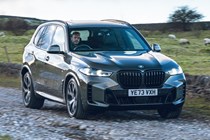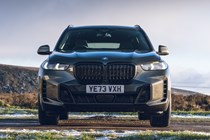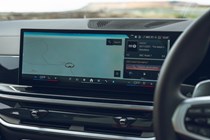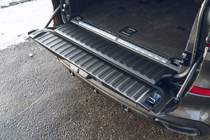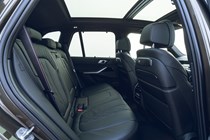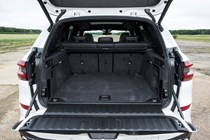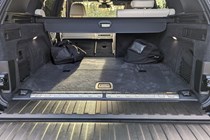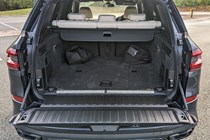
BMW X5 engines, drive and performance
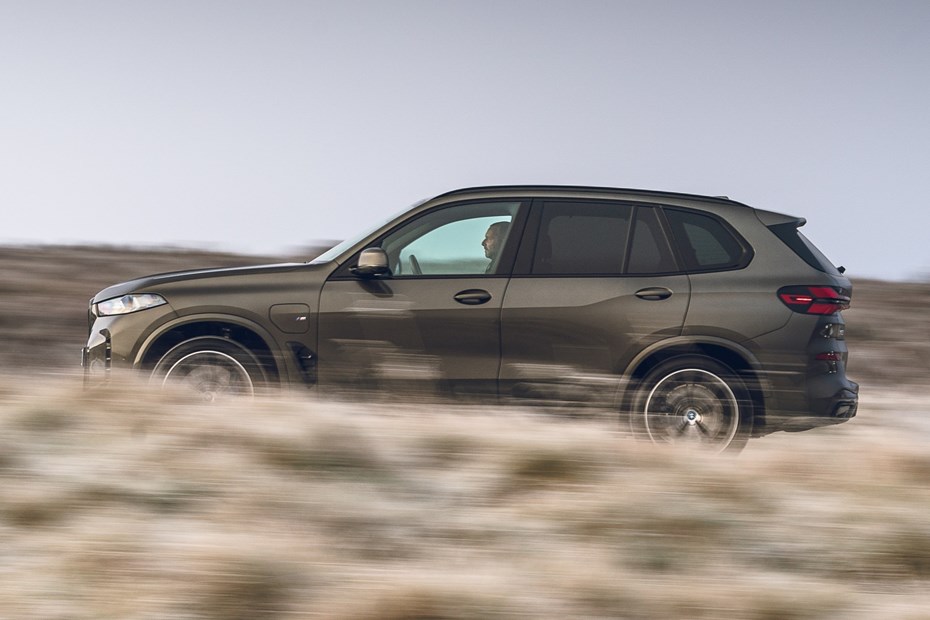
- Good selection of powerful engines
- Hard to beat the xDrive30d as an all-rounder
- …but the 50e plug-in hybrid is closer than ever
Petrol engines
There’s only one petrol engine, and that’s the 4.4-litre twin-turbo V8 M60i, producing a huge 530hp. This is the fastest X5 in the range, taking care of the 0-62mph sprint in just 4.3 seconds. It’s mild hybrid enhanced to help performance and efficiency, too.
We’re yet to try it, but the old M50i was certainly no slouch and sounded great. We’d expect more of the same from this updated engine. While a smaller 3.0-litre six cylinder engine is available in the more rakish X6, you can’t get it in the X5.
Diesel engines
Most popular in the range is the xDrive30d – a 3.0-litre six-cylinder diesel producing 298hp low down in the rev range – ideal for a big SUV. If you want a more powerful diesel then there’s the 40d. It uses the same 3.0-litre engine but ups power to 352hp with a useful boost in torque, too. The 0-62mph sprint is taken care of in just 5.5 seconds, making this a properly rapid SUV.
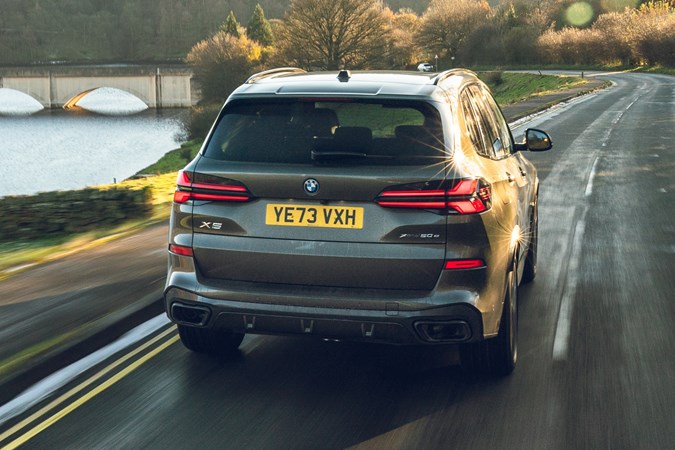
Plant your right foot and the X5 gives you a swift kick in the back and catapults forwards with very little drama. The slick eight-speed automatic gearbox works its way through the gears swiftly and smoothly, and the diesels provide a meaty soundtrack without getting too raucous.
Electric and hybrid engines
There is no electric X5 (yet), but company car drivers and those doing short daily hops around town may like to consider the latest BMW X5 50e plug-in hybrid electric vehicle (PHEV). Power has jumped to a mighty 489hp to give a 4.8 second 0-62mph time. With a big 25.7kWh (usable) battery pack, it can go much further than most PHEVs on pure electric mode, BMW claiming 66 miles on one charge.
In testing, we found it got closer to claims than the rival Porsche Cayenne E-Hybrid and Range Rover P440e. We managed 48.8 miles which might sound some way off, but was achieved on a freezing day that would have reduced the range. The electric motor is more powerful than those found in many rivals, giving genuinely nippy performance in EV mode around town and enough shove to get up to motorway speeds comfortably. With both power sources running, it feels impressively quick.
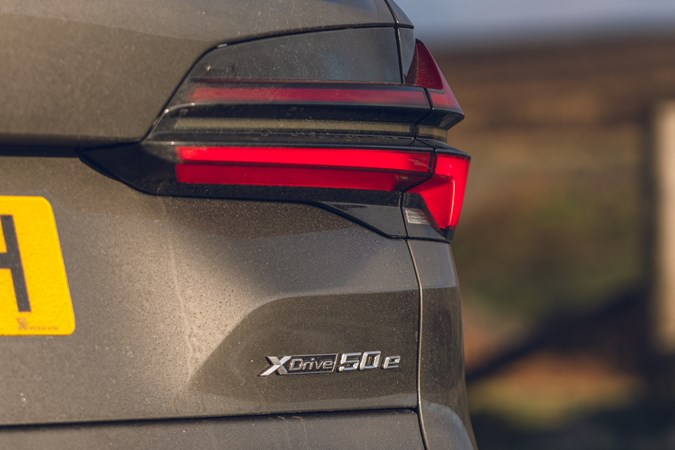
Unlike several premium plug-in hybrids the petrol engine hasn’t been downgraded to a puny four-cylinder unit – instead, it’s a beefy 3.0-litre six-cylinder, which offers excellent performance and a nice throaty engine note when called upon. Refinement is truly impressive with little in the way of wind, road or mechanical noise, even when driven hard.
What’s it like to drive?
- Impressive handling for such a large car
- Disguises its size very well in the corners
- But is still a luxurious and relaxed machine
It’s not enough for cars like this to simply handle well ‘for an SUV’ any more – not with rivals like the Porsche Cayenne knocking on the door. Air suspension is standard on 50e models and does an admirable job of smoothing out cracked tarmac. It’s comfortable, but there is a firm, tightly controlled edge that should be familiar to anyone that’s driven a modern BMW.
Coil springs are standard on the mild hybrids, with M Sport and M60i gaining adaptive damping. We’re yet to try this setup, so we’ll get back to you as soon as we have. You can add air suspension to other models for a reasonable fee, and we’d certainly consider it.
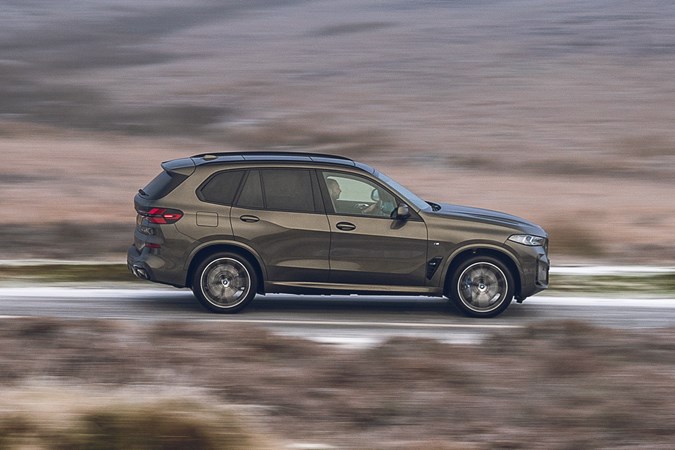
The xDrive all-wheel drive system ensures a firm but definitely rear-biased grasp on the tarmac, while rear-wheel steering enhances the X5’s low-speed manoeuvrability and high speed stability – this isn’t fitted to all models as standard though. Also on the options list are active anti roll bars to reduce body lean, although even without them the X5 is rather enjoyable.
A saloon or estate is always going to be ultimately more satisfying to drive, but the X5 is surprisingly handy in its own right – it makes a difference as it doesn’t feel as big and lumbering like some large SUVs can, meaning you don’t really have to compromise if you really value the way a car drives, but still want something with an SUV body and driving position.
The heavier BMW X5 50e hybrid feels a little more ponderous with all those extra batteries and hardware on board, but even this PHEV handles with remarkable poise for one so big. All models are certainly more agile than a Range Rover Sport, although the Cayenne is undoubtedly even more fun.


